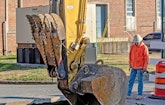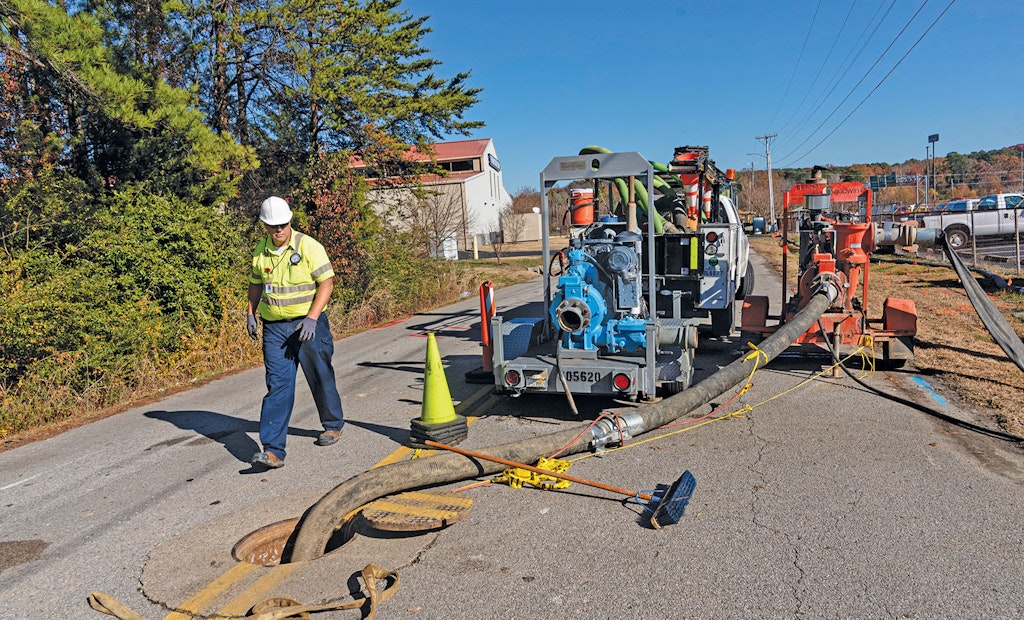The wastewater system infrastructure in Chattanooga, Tennessee, is undergoing a massive makeover, mostly to boost the system’s ability to handle a high volume of stormwater and wastewater during heavy rain events.
Sanitary sewer overflows caught the attention of the...










